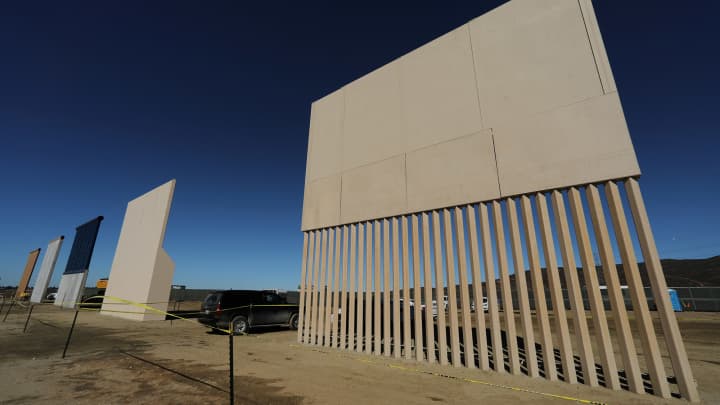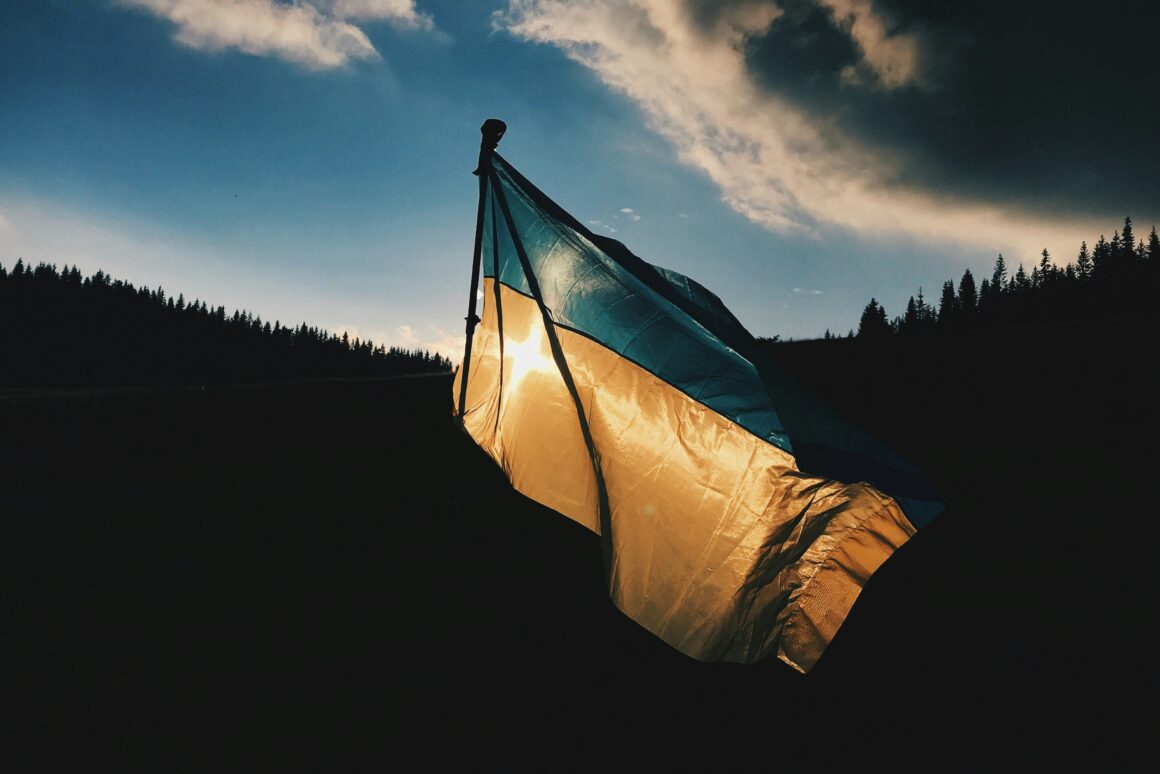Along the border of San Diego lies the first step in President Trump’s plan for a 2,000 mile wall between the United States and Mexico. The Department of Homeland Security revealed eight concrete towers two weeks ago with help from six contractors across the country. Ronald D. Vitiello, the acting deputy commissioner of Customs and Border Protection has stated that, “The prototypes are vitally important to the future of border security”.
But these concrete barriers aren’t perfect; Congress has not approved the funds for Trump’s border wall, homeland security experts say that it is unlikely to stop “illegal immigrants and criminal organizations”, and large parcels of private property would have to be purchased (primarily in Texas).

The Department of Homeland Security used money from other programs to fund the prototypes, and the builders of the walls inputted their own aesthetic opinions as well. Four are made of concrete, four are made of concrete and steel, and they also have different designs regarding color and translucency. Alongside environmentalists who have commented on the potential effect for wildlife, some of the world’s largest concrete providers like Mexico’s Cemex and Switzerland’s LafargeHolcim refuse to participate in projects associated with the wall.

The walls are being evaluated for three criteria. “We want a better barrier. One that is hard to scale, hard to penetrate and hard to tunnel under,” says Roy Villareal, chief of the San Diego Border Patrol sector. “A wall standing by itself is not going to do the job,” said David V. Aguilar, a former acting commissioner of Customs and Border Protection under President Barack Obama. “But it is an essential part of a properly designed and deployed border security system.”
Beyond the wall, conversation is filled with mixed opinions. Whilst speaking with NPR, Jose Avila Rodriguez stated that, “From the size of the wall they’re building, they don’t even want the wind to blow from there to over here”. His wife Juana continues and says, “I don’t think the new wall will deter people; how many years have they been crossing to the other side?”

In late November, a private company (which border patrol officials declined to name) will begin a 30 to 60 day process of testing the wall prototypes to determine how easy they would be to climb over or dig beneath.




